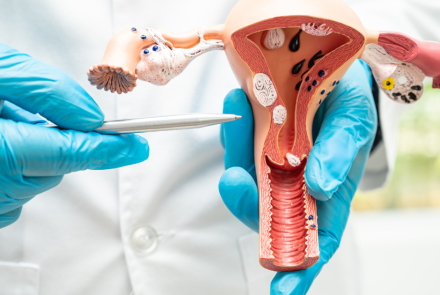Don’t Ignore Big Toe Pain: It May be Gout
If you have intense pain, swelling and redness in your big toe, you may be suffering from gout. It may also start in the ankle or knee, or occasionally in the hand or elbow, according to Jason Faller, M.D., a rheumatologist at Highland Rheumatology Associates in West Nyack, NY. If left untreated, gout can cause permanent damage to the joints as well as the internal organs. “While there is no cure for gout, it can be effectively treated and managed with medication,” Dr. Faller said.
What is Gout?
Gout affects an estimated 8.3 million adults in the United States. It is caused by an accumulation of uric acid in the body. Uric acid is a waste product that is normally eliminated through the kidney, but it accumulates in people with gout. The risk of gout increases with age. Some people are genetically predisposed to develop the disease.
In many cases, the buildup of uric acid is caused by consuming excessive amounts of foods containing a uric acid precursor called purine. This includes shellfish, red meat or beer. Other foods that can increase the risk of an attack include anchovies, asparagus or large quantities of beans such as lentils or kidney beans.
Gout tends to be more common with aging. It is worsened in people with kidney disease, and in those with thyroid disease. Some patients with gout have associated high blood pressure, diabetes and cholesterol problems. Gout attacks usually last days to weeks. “They may subside on their own but almost inevitably recur,” Dr. Faller said. If left untreated, gout can cause accumulations of hard stone-like material under the skin called tophi.
Diagnosing gout involves measuring a person’s uric acid level on a blood test. The doctor can confirm the diagnosis by analyzing fluid from the swollen joint.
Because joint pain can also be caused by other conditions, the doctor will also look for other possible causes such as psoriasis, Lyme disease or rheumatoid arthritis, says Highland Rheumatology Associates rheumatologist Koshnaf Antar, M.D. “There’s also a condition called pseudo gout, which can be difficult to distinguish from gout,” he noted. That is one of the reasons Dr. Antar recommends that patients with gout be treated by a rheumatologist, who is trained to distinguish gout from other conditions.
Treatment for Gout
With appropriate medication, gout can be totally eliminated, Dr. Faller said. “When a person has been on medication for about six months, they are likely to never have another gout attack.” Patients should continue to be monitored to make sure their uric acid level is sufficiently lowered, he said.
Gout is best treated with daily medication, such as allopurinol or febuxostat, on a permanent basis. In some cases, a patient will be prescribed the medication colchicine on a short-term basis to relieve symptoms. “The number one question I get from patients is, ‘Can I come off the medication?’ Unfortunately, the answer is no,” Dr. Faller said. If a person is able to tolerate the medication initially, they are unlikely to develop side effects later on, he noted.
“Once a person is treated for gout, they should be able to live an entirely normal lifestyle,” he said. “If their uric acid is lowered sufficiently, they can even go back to eating the foods they like and potentially even drinking their beer.”
Highland Rheumatology Associates, at 2 Crosfield Avenue, Suite 315 in West Nyack, NY, specializes in the diagnosis and treatment of rheumatological conditions and disorders of the joints, muscles and ligaments. To schedule a consultation or an appointment, call 845-735-4114.






